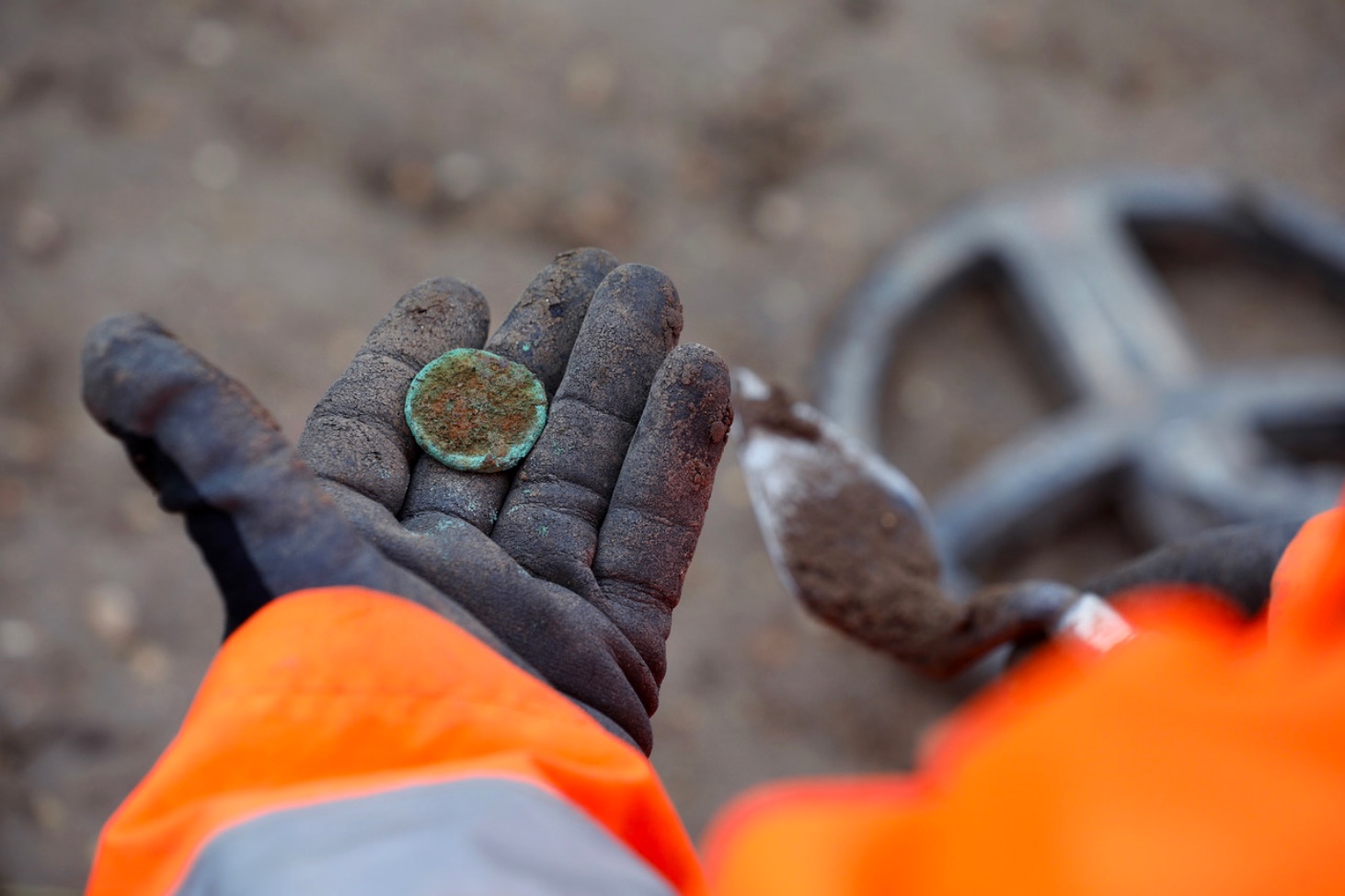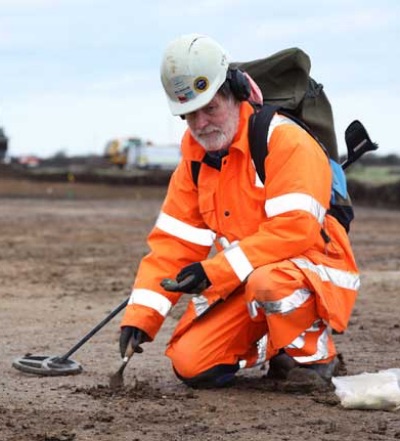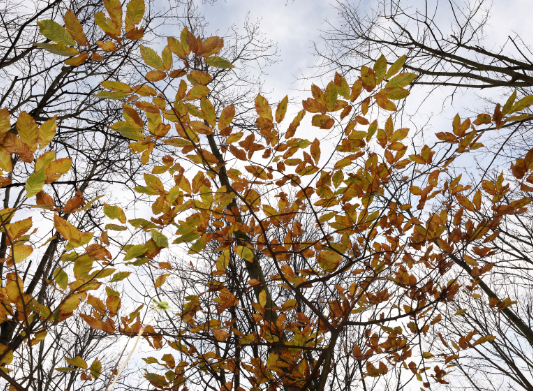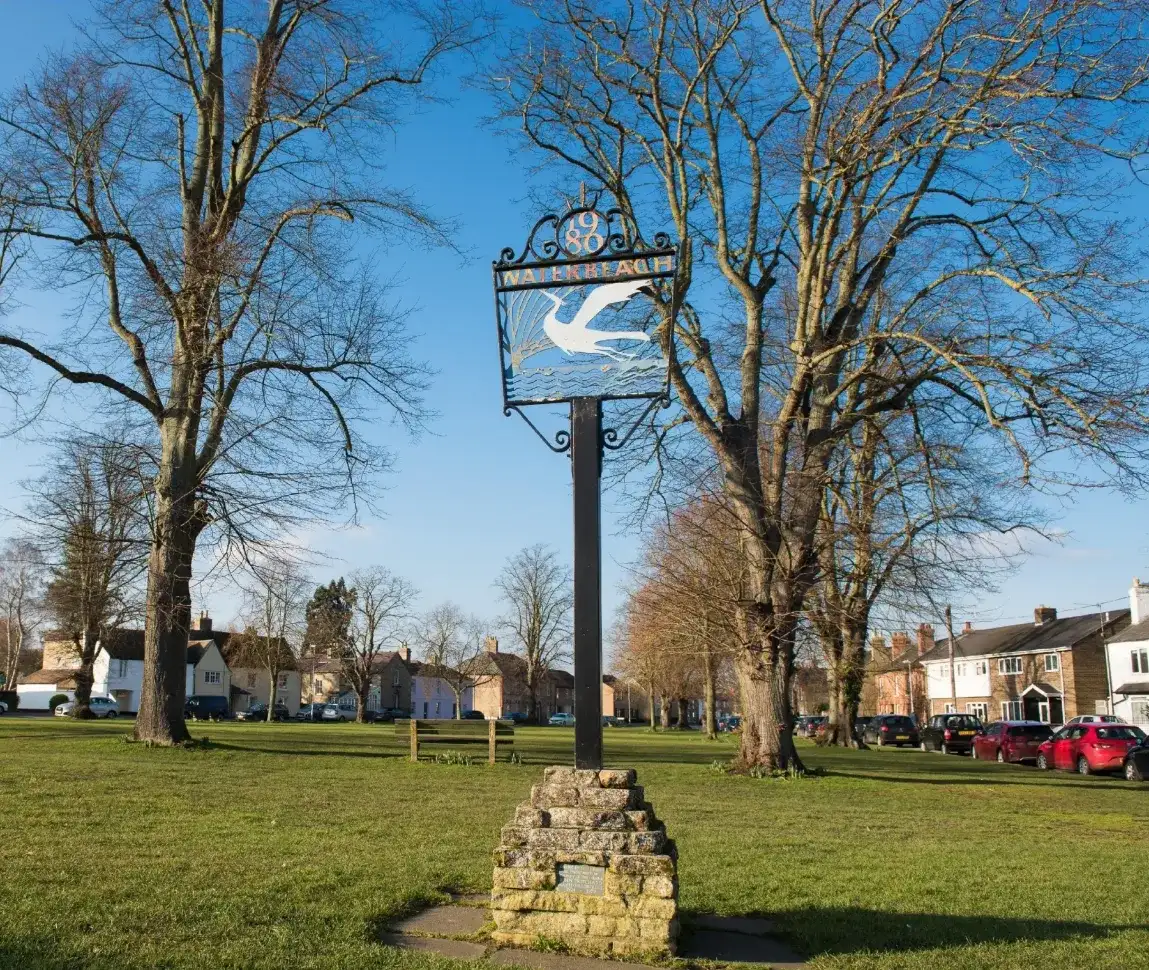The Waterbeach development is located at the junction of two important Roman regional transport links: the Car Dyke (Old Tillage) Roman canal which is one of the greatest engineering feats carried out by Romans in Britain – and the Roman road known as Akeman Street, which connects Ermine Street near Wimpole Hall and runs along the alignment of Mere Way joining the broad route of the A10 up to the North Norfolk coast. These connections made the area an appealing location for living and trading, and Oxford Archaeology East is working with the developers Urban&Civic to piece together the jigsaw of Waterbeach Barracks’ past.
Based in Bar Hill, Cambridge, Oxford Archaeology East has been working with Urban&Civic and Cambridgeshire County Council’s Historic Environment Team to investigate the site since 2016 following a long history of research and analysis in the wider area. Their input to the design and planning team has been a key part in ensuring the new development respects, works with and captures the many layers of history of this site.


What’s been happening recently
Following desk-based research and geophysical surveys of the key areas of the site, the archaeology team opened nearly 140 archaeological trial trenches across the entire site to further explore what buried archaeological remains could survived the more recent agricultural and military uses and development of the airfield.
Over the last few weeks Oxford Archaeology East has now dug approximately 7ha – the size of 10 football pitches – in the northern corner of the airfield, where early evaluation identified a potential Roman settlement.
Having stripped the topsoil with excavators, the team was able to delve deeper with hand tools to explore and interpret the layers of history beneath. This included a complex system of ditches, dating to the latest Iron Age and Early Roman period (c. 2000 years old) as well as a lot of artefacts: from Roman pottery and coins to an amazing Bronze Age palstave axe-head. A number of pottery kilns were also found that would have produced pottery during the Roman period – likely of similar style to the well-known Horningsea wares produced in Cambridgeshire along the fen-edge in the 2nd to 4th centuries.
Stephen Macaulay, from Oxford Archaeology East, said: “Waterbeach Barracks is a fascinating site and the new development gives us a unique opportunity to capture the essence of its foundations and an understanding of how our ancestors lived and worked the land. It is great working with Urban&Civic, who will reflect this in the new development, which really helps engage people with the past: which is really important to us.
“The site is in a unique location and the historic role of Car Dyke and Akeman Street Roman road (the modern A10) and water connections need more celebration within Cambridgeshire. Hopefully the approach at Waterbeach is the start of making that happen.”
The site is in a unique location and the historic role of Car Dyke and Akeman Street Roman road (the modern A10) and water connections need more celebration within Cambridgeshire. Hopefully the approach at Waterbeach is the start of making that happen.



